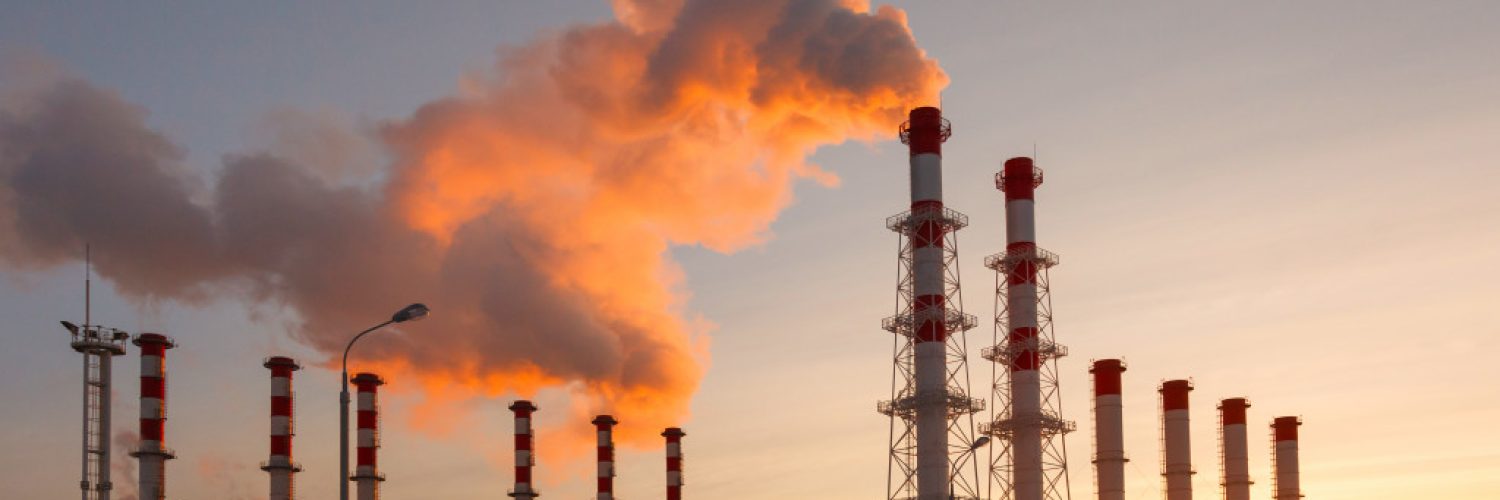• Carbon emissions are rising in most U.S. communities, caused by burning fossil fuels like oil, natural gas, and coal which release greenhouse gases and contribute to global warming.
• Economic impacts can include increased food prices or loss of livelihood for farmers due to decreased crop yields from rising temperatures.
• Health problems can include increased air pollution, respiratory illnesses, and extreme weather events.
• many steps can be taken to reduce emissions, such as maintaining cars properly.
With carbon emissions rising in nearly every U.S. community, it’s essential to understand what this means for your health and well-being and what steps you can take to reduce your contributions to global carbon emissions. So here’s a closer look at why these emissions are rising and what your community can do about it.
Rising Carbon Emissions in U.S. Communities
The latest data from the Environmental Protection Agency (EPA) shows that carbon emissions are rising in almost every U.S. community compared to previous years. These emissions come from burning fossil fuels such as coal, natural gas, and oil which release greenhouse gases into the atmosphere and contribute to global warming and climate change.
The most significant sources of these pollutants are transportation, electricity production, and commercial/industrial activities such as manufacturing and construction.
The Impacts of Rising Carbon Emissions
As these emissions continue to increase, we will see increasingly severe impacts on how people live. Here are some ways carbon emissions can affect you:
Economic Problems
You might not have thought about this, but rising carbon emissions can have an economic impact. For example, rising temperatures can cause crop yields to decrease or produce less nutritious crops. This means food prices may increase, and farmers could lose their livelihoods.
Health Issues
Rising carbon emissions also affect your health. For example, it increases air pollution, leading to breathing problems such as asthma and other respiratory illnesses. In addition, climate change caused by these emissions places more people at risk of extreme weather events like heat waves, droughts, floods, and storms which bring higher rates of injury, illness, and death from natural disasters.

What Can You Do?
Even though the problem seems daunting, there are steps you can take to reduce the number of carbon emissions you produce:
Maintain Your Vehicles
Purchasing new vehicles can help reduce emissions, as new cars and trucks are much more efficient than older models. However, make sure to properly maintain your cars by regularly checking the oil, tire pressure, and other fluid levels.
Additionally, giving them a protective coat can ensure that it can last for a long time. A local ceramic coating service can provide the coating you need for your car. They can also protect it against fading, discoloration, and other damage caused by sun exposure.

Reduce Energy Usage
You can also reduce your carbon emissions by reducing the energy you use in your home. For example, make sure to unplug appliances and electronics when not in use, replace incandescent light bulbs with LED bulbs, and eliminate old appliances that aren’t energy efficient. Additionally, you can save energy by utilizing natural sources like solar panels or wind turbines.
Support Sustainable Businesses
You can also support businesses that are striving to be more sustainable. For example, look for companies that use renewable sources of energy, reduce their waste, and make an effort to conserve water and other natural resources. Supporting these types of businesses can help create a greater demand for sustainable products and services.
Properly Insulate Your Home
Insulating and weatherizing your home can help reduce the energy needed to power appliances and electronics. In addition, proper insulation helps minimize heat transfer between inside and outside air temperatures, leading to fewer greenhouse gas emissions.
Choose Clean Energy Sources
You can also make a difference by choosing clean energy sources such as wind or solar for your electricity needs. These renewable sources have carbon emissions compared to fossil fuels and help decrease our dependence on them. Here are a few types of clean energy sources you need to know about:
- Solar: One of the best clean energy sources available. Solar panels turn sunlight into electricity, which can power your home and other electrical appliances.
- Wind: Wind turbines use the wind to generate electricity which can be used for various applications, including powering homes and businesses.
- Geothermal: This renewable energy source uses heat from the Earth’s crust to generate electricity.
- Hydropower: This type of clean energy uses moving water to create power that can be used for heating and cooling homes and providing electricity to the grid.
Carbon emissions can be reduced in many ways, from using clean energy sources to properly maintaining our vehicles. By taking these steps and supporting more sustainable businesses, you can help reduce the number of carbon emissions produced in your community.

